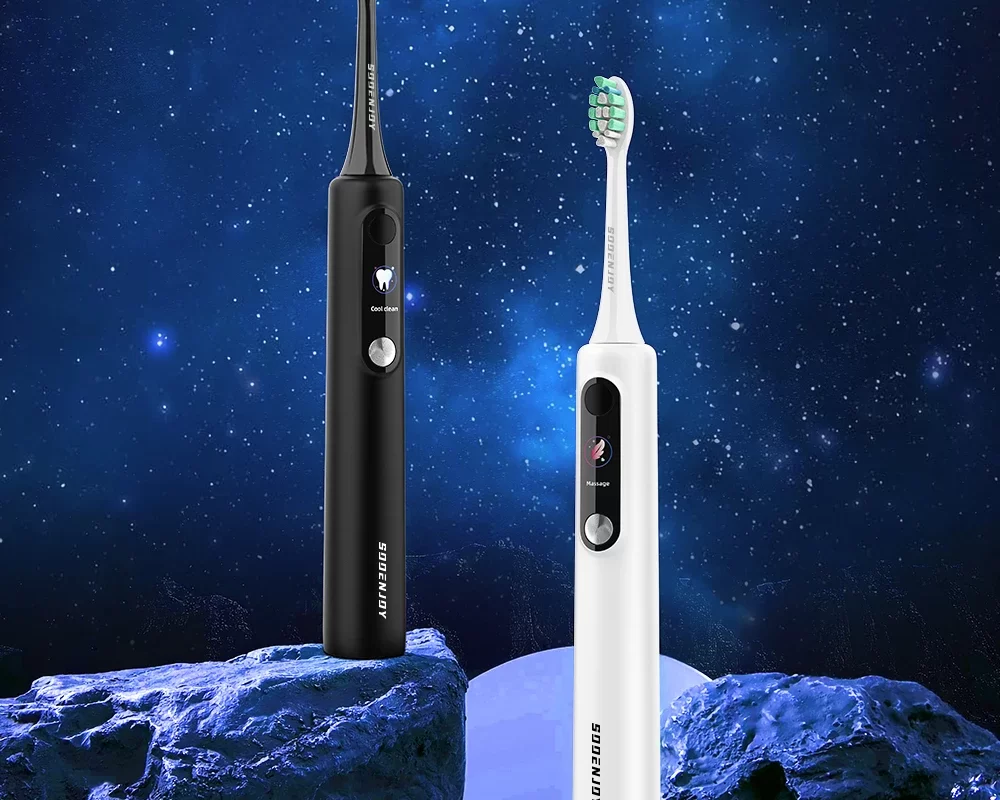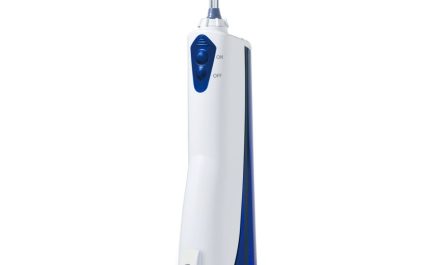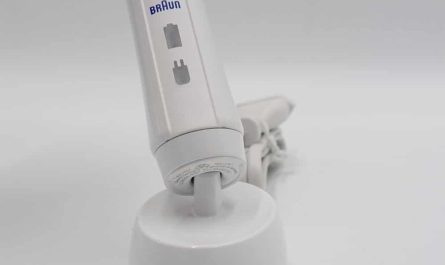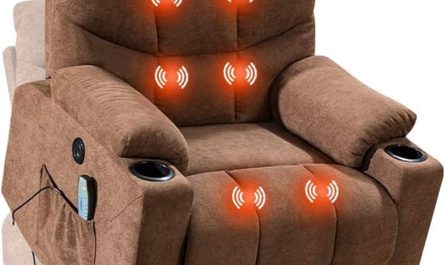Introduction to Electric Toothbrush Noise Issues
How to make an electric toothbrush quiet? Electric toothbrushes bring oral hygiene benefits but also noise that can be bothersome, especially in quiet households or during early morning routines. Loud toothbrushes not only disrupt personal peace but can also disturb others. Recognizing the need for quieter brushing experiences, this blog explores strategies for reducing the decibel levels of electric toothbrushes. We’ll compare popular brands, discuss the advancements in sonic technology, and provide maintenance tips to keep the noise at a minimum. Understanding the root causes of toothbrush noise and implementing practical solutions can lead to more peaceful mornings and an overall more pleasant brushing experience.
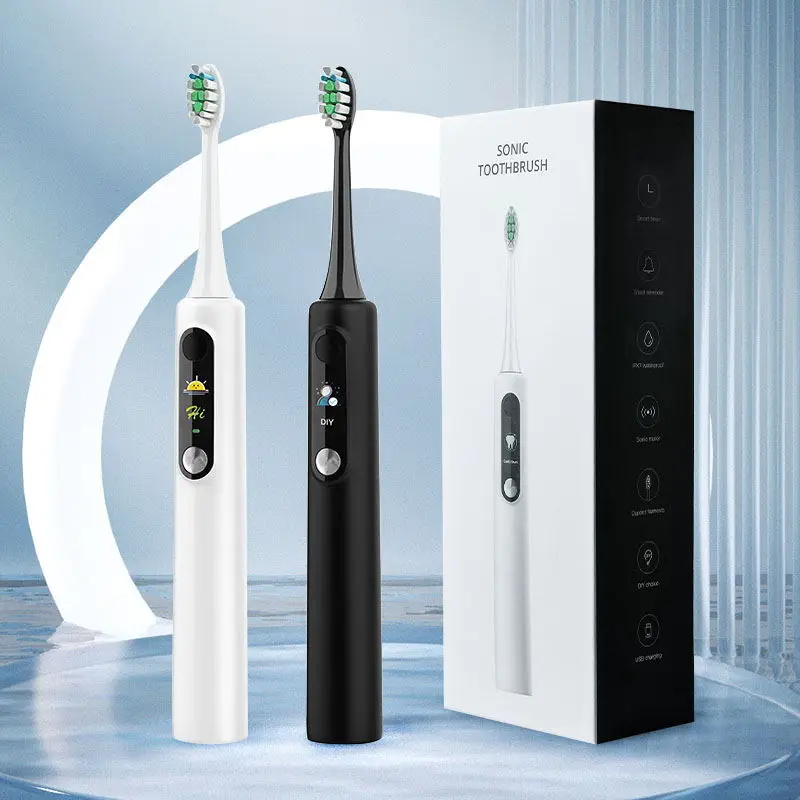
Comparing Sonicare and Oral-B Noise Levels
When it comes to selecting a quieter electric toothbrush, understanding the noise levels of popular brands is key. Sonicare and Oral-B are both leading brands in the electric toothbrush market, and each has its own noise profile. Here, we shall compare the two in terms of noise output to aid in making an informed decision for those preferring a quieter brushing experience.
Sonicare’s Noise Levels
Sonicare toothbrushes are known for their quieter operation. The sound they emit is usually between 55 and 58 decibels, a range that is lower than many electric toothbrushes on the market. This low decibel output can be likened to a hushed library ambiance or gentle humming, making it a suitable choice for those sensitive to noise or who wish to avoid disturbing others.
Oral-B’s Noise Levels
In contrast, Oral-B models tend to be louder than their Sonicare counterparts. While they offer exceptional cleaning abilities, the noise generated during operation can be noticeable. Owners may find the sound comparable to a standard conversation, which can be less desirable for those with early risers in the household or for users seeking a less intrusive noise during their daily routine.
Making the Choice
When deciding on which brand to choose, it’s important to weigh the trade-offs. While Sonicare offers a quieter experience, Oral-B provides a robust cleaning action. The choice ultimately rests on personal preference and priorities—whether noise reduction outweighs other features offered by each brand. For those prioritizing a peaceful brushing session, a Sonicare model may be the preferred option, whereas Oral-B could appeal more to those emphasizing cleaning efficiency over sound considerations.
Upgrading to Sonic Toothbrushes for Lower Decibels
For those seeking a quieter brushing experience, upgrading to a sonic toothbrush is a smart move. Sonic toothbrushes, particularly higher-end models, tend to produce less noise compared to standard electric toothbrushes. The advanced technology in sonic toothbrushes not only allows for effective plaque removal but does so with minimal sound, making them ideal for sensitive users or shared living spaces where noise can be an issue.
When considering a sonic toothbrush, keep in mind the following points to ensure you choose a device that offers both lower decibels and high-quality dental care:
- Research Brand Options: Look into well-known brands like Sonicare and Oral-B who have developed sonic toothbrushes with a reputation for quieter operation.
- Check Noise Level Specifications: Before purchasing, check the product specifications for noise level information, usually measured in decibels.
- Read Reviews and Testimonials: Customer reviews often mention the noise aspect, providing real-life insights into the user experience with the toothbrush’s sound.
- Consider Price vs Performance: Higher-priced models may offer lower decibel levels and additional features, such as multiple brushing modes or pressure sensors.
By choosing a sonic toothbrush that operates at a lower decibel level, you not only enhance your oral hygiene regimen but also create a more tranquil environment, conducive to peaceful brushing, especially during early mornings or late nights when quiet is most appreciated.
Tips for Maintaining Your Electric Toothbrush to Reduce Noise
Maintaining your electric toothbrush can help keep it running quietly and efficiently. Below are some tips to help reduce the noise of your toothbrush:
- Clean Regularly: Dirt and grime can cause your toothbrush to work harder and noisier. Clean your toothbrush regularly following the manufacturer’s instructions. This usually involves rinsing the brush head after each use and periodically cleaning the handle and base.
- Replace the Brush Head: Worn-out brush heads can lead to increased noise. Swap them out every three months, or sooner if the bristles are frayed.
- Check for Damage: Inspect your toothbrush for damage to the body or head. A cracked body or loose components can make extra noise. Replace damaged parts promptly.
- Ensure Proper Charging: If your model requires charging, always place it properly on the charging stand. Poor contact with the charger can lead to battery issues, which can increase noise over time.
- Tighten Connections: Make sure the brush head fits snugly onto the handle. A loose fit can cause vibration and noise during use.
- Avoid Overcharging: Do not leave your toothbrush on the charger longer than necessary. Overcharging can affect the battery’s performance, which can in turn make the toothbrush noisier.
Regular upkeep not only keeps your toothbrush quiet but also extends its life and maintains its cleaning effectiveness. By doing so, you ensure your morning and evening routines remain as peaceful as possible.
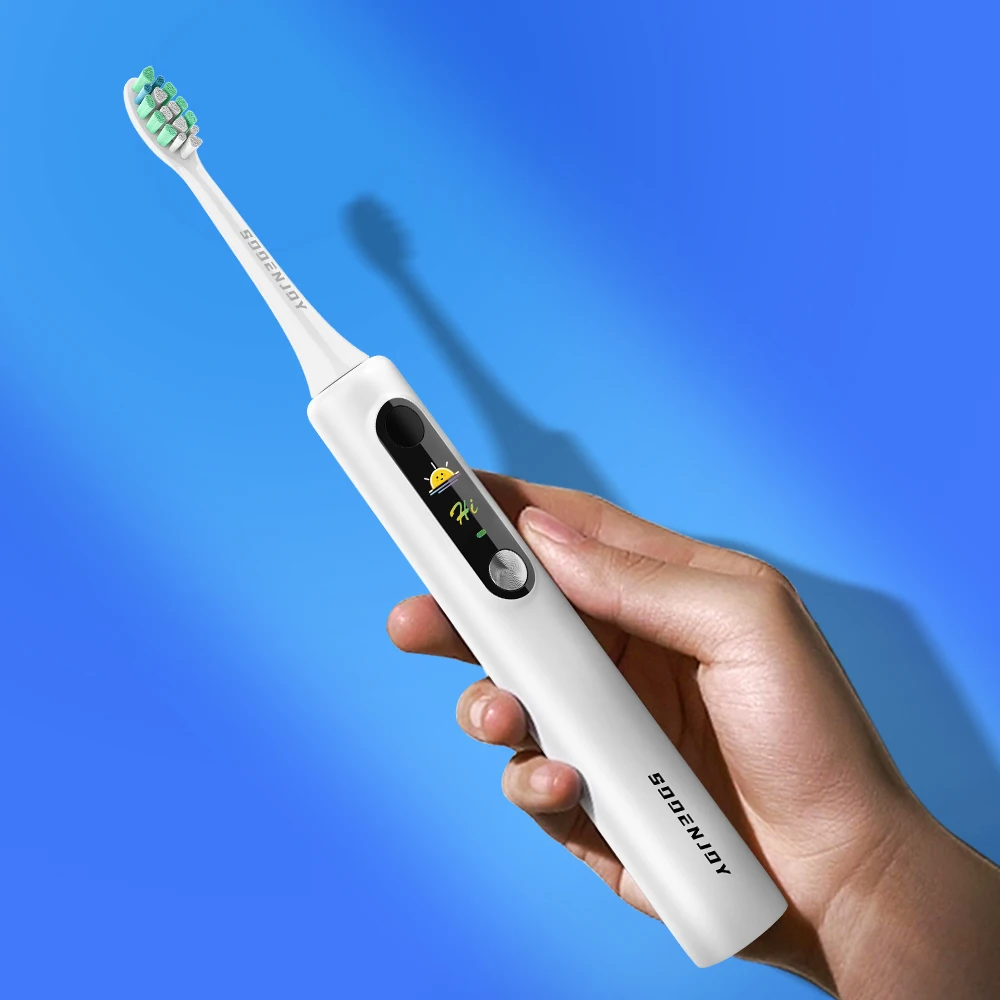 The Role of Brush Heads in Toothbrush Noise
The Role of Brush Heads in Toothbrush Noise
How to make an electric toothbrush quiet? The brush head plays a significant role in the noise output of an electric toothbrush. Over time and with regular use, brush heads can become worn, affecting both their cleaning effectiveness and noise levels. It’s crucial to recognize that noise can increase as a brush head ages or if it becomes damaged. Here are key aspects to consider regarding brush heads and noise:
- Wear and Tear: Frequent usage can cause bristle wear, affecting brush head movement and increasing noise. Regularly check the bristles for signs of wear and replace brush heads every three months or sooner if needed.
- Brush Head Fitting: A loose brush head can vibrate more and produce excess noise. Ensure it’s attached correctly and securely to the toothbrush handle to minimize vibrations.
- Compatibility: Always use brush heads designed for your specific toothbrush model. Using incompatible brush heads could lead to improper fit, resulting in increased noise and less effective cleaning.
- Quality Matters: Investing in quality brush heads can lead to quieter operation. Cheaper alternatives may not match the engineering standards required for your toothbrush, leading to louder brushing sessions.
By taking these points into account and keeping your brush heads in good shape, you can achieve a quieter and more effective brushing experience. This not only contributes to better oral hygiene but also helps maintain a peaceful atmosphere during your daily routine.
Understanding the Impact of Toothbrush Batteries on Noise
The battery within your electric toothbrush is a key factor in the device’s noise level. As batteries age, they may not hold a charge as well and can cause the motor to work less efficiently. This inefficiency can result in increased noise as the toothbrush struggles to perform. Here are important considerations regarding toothbrush batteries and noise:
- Battery Health: Over time, rechargeable batteries lose their ability to hold a full charge. This can make the toothbrush motor sound louder.
- Proper Charging Practices: Following the correct charging protocols is essential. Overcharging or leaving your toothbrush on the charger indefinitely can wear out the battery faster, leading to higher noise levels.
- Battery Replacement: Some electric toothbrush models allow you to replace the battery. If you notice increased noise and reduced performance, a new battery might be a simple fix.
- Quality Batteries: Use high-quality batteries for models with replaceable ones. Better batteries provide consistent power and can help maintain a quieter operation.
Understanding and managing your electric toothbrush’s battery can significantly impact the noise it produces. By maintaining battery health and being mindful of the way you charge your toothbrush, you can help ensure a quieter brushing experience.
Practical Solutions for Quieter Early Morning Brushing
Early morning brushing should not wake the whole house. Here are simple, practical steps to quiet your electric toothbrush:
- Dampen the Sound: Wrap a thick cloth around the handle. This can muffle the vibrations and reduce noise.
- Brush at a Slower Speed: Some toothbrushes have speed settings. Use a lower speed to cut down on noise.
- Close the Bathroom Door: Brushing in a closed space can help contain the sound.
- Maintain Proper Oral Hygiene: A clean mouth requires less vigorous brushing, which can be quieter.
- Brush at Off-Peak Times: If possible, brush when others are not sleeping to avoid disturbance.
- Invest in Newer Models: Newer electric toothbrushes may have quieter motors. Consider upgrading.
By following these straightforward tips, you can maintain oral health without loud disruptions. Keep your mornings calm and your teeth clean.
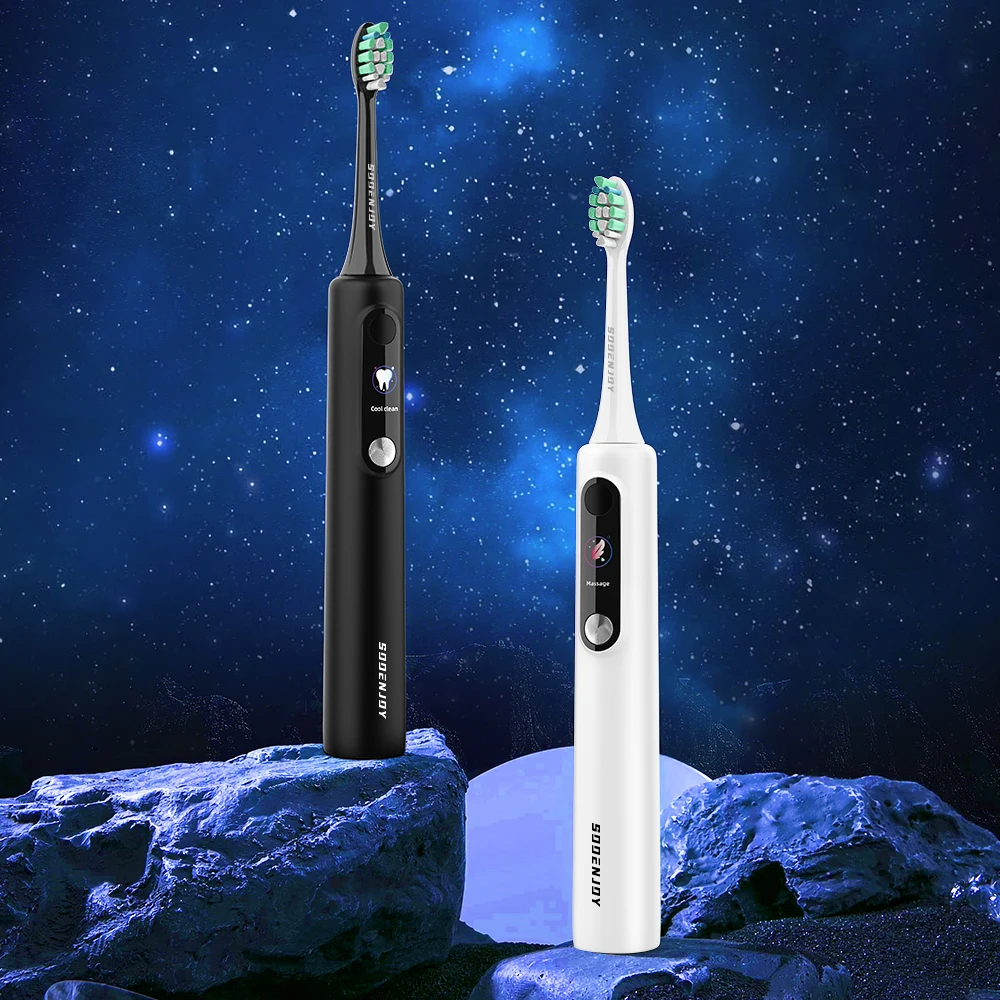 The Future: how to make an electric toothbrush quiet
The Future: how to make an electric toothbrush quiet
As electric toothbrush technology advances, the future is bright for those seeking quieter models. Manufacturers recognize the demand for low-noise toothbrushes and are responding with innovative designs. We can expect ongoing improvements that focus on reducing decibel levels while maintaining brushing efficiency. Here’s what to anticipate with the future of electric toothbrush noise reduction:
- Advanced Brush Head Design: Engineers are refining brush head structures to minimize vibrations and, as a result, noise during brushing.
- Improved Motor Technology: Newer, quieter motors are likely to be used in future models, creating a more pleasant user experience.
- Battery Innovations: As battery technology progresses, we’ll see more efficient power management, contributing to quieter operation.
- Noise-Canceling Features: Some future toothbrushes may include built-in noise-canceling abilities, similar to headphones, for an ultra-quiet brushing session.
- Customizable Sound Settings: Users might be able to adjust their toothbrush’s noise level to their preference, making morning routines more peaceful for everyone involved.
- Smart Toothbrush Upgrades: As smart toothbrushes evolve, apps may offer features to monitor and control noise, providing a tailored brushing experience.
The industry’s efforts to develop low-noise electric toothbrushes will likely deliver groundbreaking solutions in oral health tools. Users can look forward to the day when the sound of their toothbrush is nothing more than a whisper, making the daily ritual of oral care a more serene endeavor for all.

